Product Owner Survival Camp, USA

Product owners often find themselves alone in the organizational wilderness, straddling tactical with strategic product work. To succeed, they need to be inventive yet intensely focused; collaborative but decisive; and far-sighted but detail oriented.
The best product owners are strategic—envisioning the product, communicating upstream with business executives, researching the market, and continually planning for delivery of high-value product options. At the same time, they are also tactical—communicating downstream with the delivery team, running product demos, and discussing technical considerations.
Continue reading
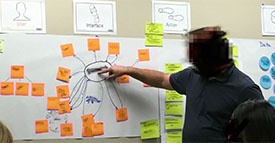

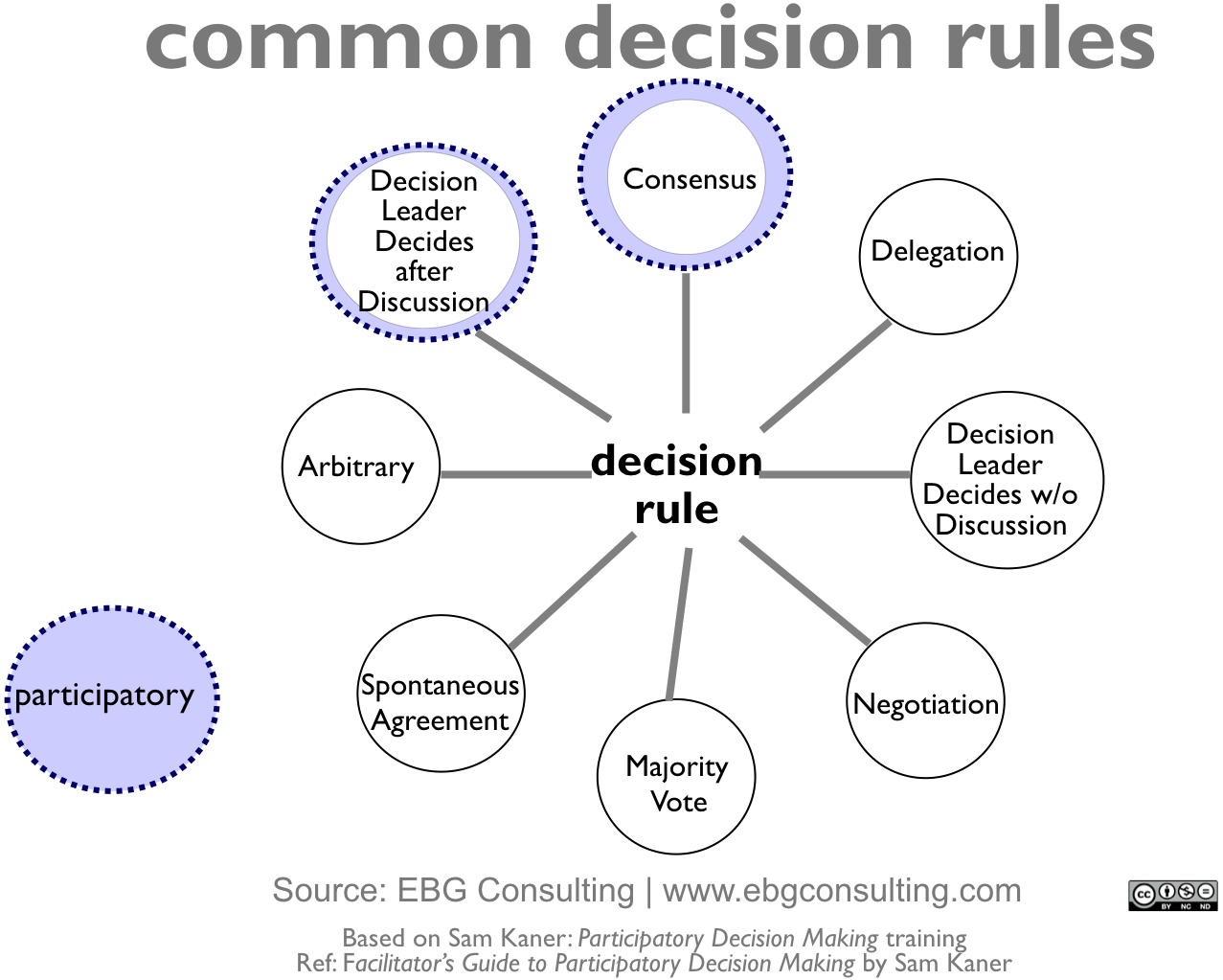
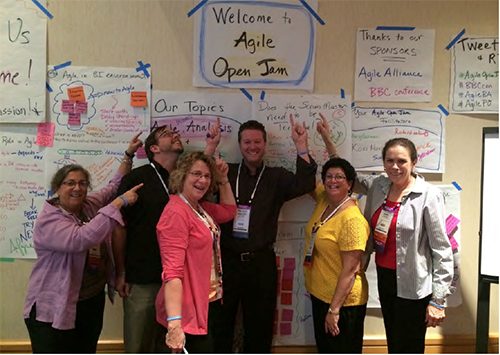
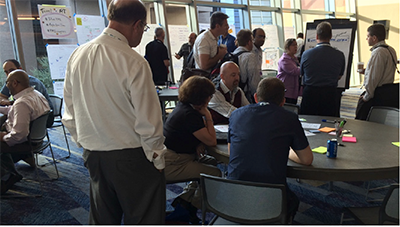
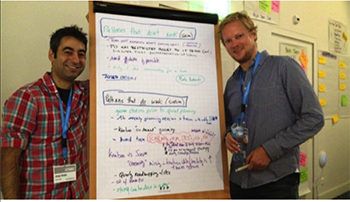

 If you’ve been a product manager for a few years, you already know what I’m about to say. Product management is a hard job. The most successful product managers share these traits:
If you’ve been a product manager for a few years, you already know what I’m about to say. Product management is a hard job. The most successful product managers share these traits: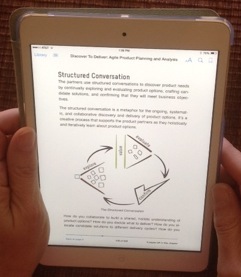 “Fast, easy, free/cheap…” That’s what we heard about publishing an eBook edition of a paper book. After all, people said, how difficult can it be to take a PDF and make it digital? Quite difficult, actually.
“Fast, easy, free/cheap…” That’s what we heard about publishing an eBook edition of a paper book. After all, people said, how difficult can it be to take a PDF and make it digital? Quite difficult, actually.